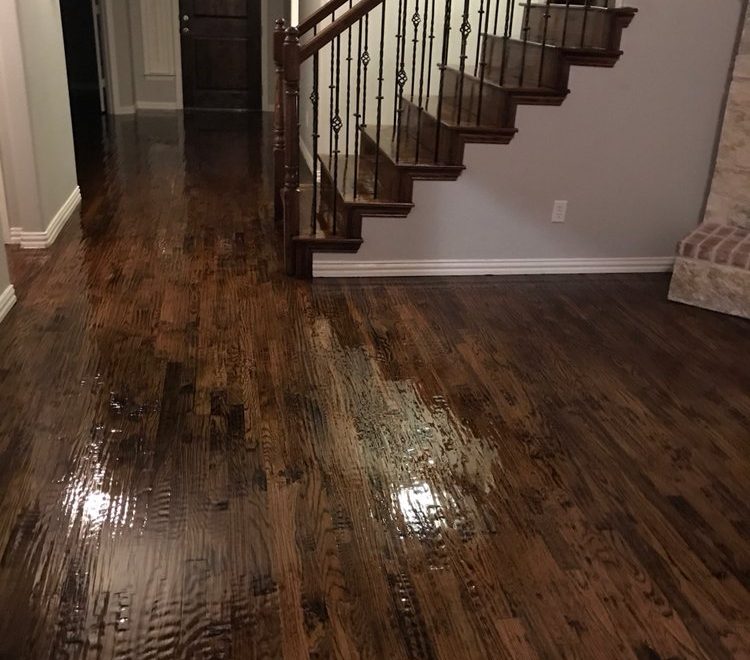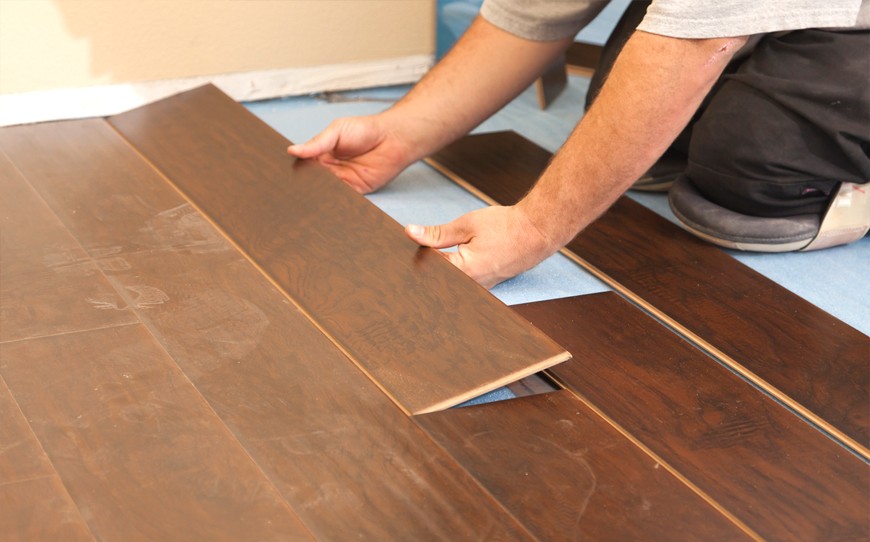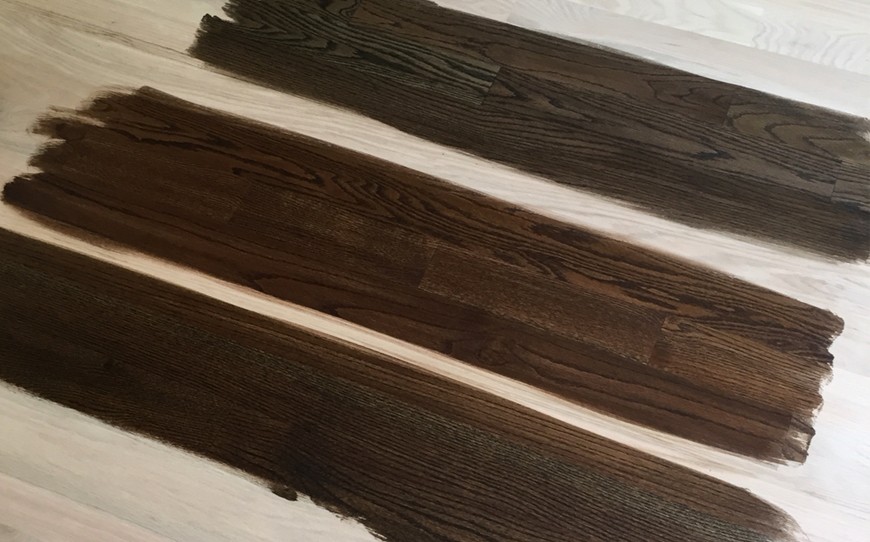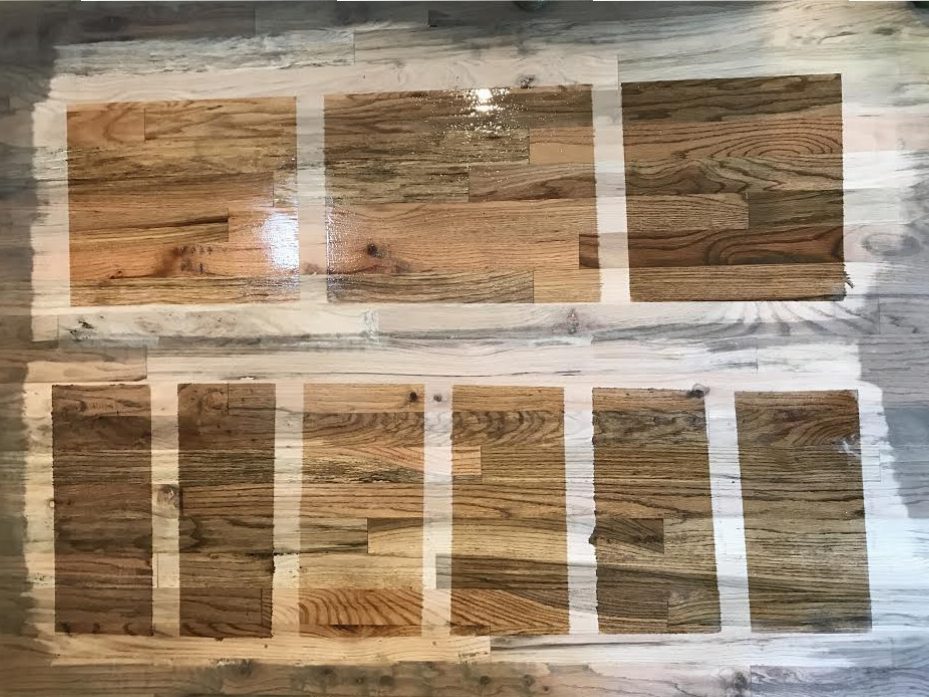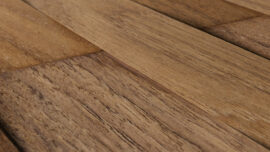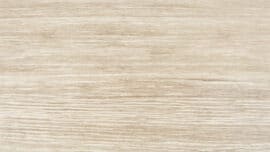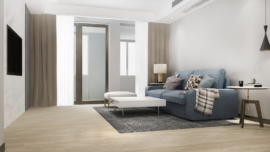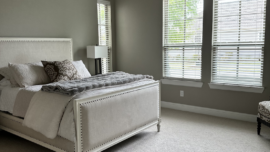How to Fix Laminate Flooring That is Lifting [And Why It Happens]
Whether you’ve installed it yourself or hired a professional to do it, there’s nothing more disappointing than seeing lifting in your laminate flooring after it’s installed.
If you’re frustrated by lifting or buckling in your laminate floors and want your floors restored to their original beautiful condition, all you need is a bit of time, patience, and elbow grease to get it looking great again.
Here, we’ll teach you how to fix laminate flooring that is lifting in just four easy steps. But first, let’s figure out the root cause.
Why is My Laminate Floor Lifting?
A lifted laminate floor isn’t a one-size-fits-all issue. There are several reasons why your laminate flooring may be lifting in certain areas, and the key to resolving the issue once and for all is recognizing the cause behind it. Once you can identify the weakness in the flooring, you can target it and ensure the problem doesn’t arise again.
From excess moisture to an uneven foundation, here are the main reasons your laminate floor may be lifting. Here are a few.
Underlying Moisture Problem
If there’s excess moisture within the subfloor or the concrete slab on which you’re laying the flooring, the laminate may not lay as flat as you’d like. If it’s more than 6-9% damp, you may need to use a dehumidifier or try to dry out the area before the floor can be laid.
A floor underlayment can avoid this issue, helping keep future problems at bay by protecting the new laminate from additional moisture underneath while also reducing noise.
Not Properly Installed
If laminate flooring is not laid down properly, such as the interlocking pieces not installed precisely, the flooring installed too tight against the wall, or the flooring not adequately acclimated, it may not have the final look you’re hoping for.
If interlocking pieces aren’t connected correctly, gaps can form between the planks, and it can look uneven. If it’s too tight against the wall, it can cause warping or buckling, especially when the indoor humidity or temperature change.
If the laminate isn’t acclimated to the internal temperature and humidity before being laid, it may shrink or grow once laid, causing lifting.
Uneven Subfloor
An uneven surface on the subfloor or concrete slab on which the floor is laid can cause bouncing or lifting. While a self-leveling compound may be able to level concrete slabs, a severely uneven subfloor may need a practiced contractor to fix the issue.
No Expansion Gaps
If no narrow gaps are left at the edges of the laminate pieces, there’s no extra space for swelling as the humidity fluctuates, which may lead to lifting as the seasons change. It’s imperative to leave this tiny bit of space between sections.
How to Fix Lifting Laminate Flooring
Learning how to fix a laminate floor that is lifting all boils down to understanding what’s causing the problem in the first place and using the right technique to target the cause.
If you’re dealing with an uneven subfloor, your solution will look different than if your problem is moisture damage, and so on.
First, ensure you know the source of your issues, and then find the right solution below.
1. Fixing an Uneven Subfloor
If you’ve installed your laminate flooring on a subfloor that is uneven or not level, you’ll want to level out your foundation before you can reinstall your flooring.
To do this, lift up the lifted sections from the floor. Look at the subfloor below it and inspect it to find lifted or depressed areas. Using a sanding machine or grinder, you can even out the surface. If you don’t have the equipment to do this, call your local flooring experts to handle the complicated task of precision sanding and reinstallation.
Before placing the laminate back down on the newly sanded surface, add underlayment to hide imperfections even more, and use a block and mallet to get the floorboards back in their proper places.
2. Fixing Moisture Damage
If your planks are absorbing excess moisture, they can swell and take up more room, thus lifting from the floor. First, find the source of the water. This could be a leak in the ceiling or wall, or it may simply be excess moisture in the home.
A professional can help you locate the source of additional humidity if you can’t find it. Once that root issue is solved, you can remove the portions of the flooring that are lifted, add a moisture-resistant underlayment to prevent excess moisture from leaking in. A moisture meter test can confirm an acceptable moisture content.
3. Fixing Lack of an Expansion Gap
If you didn’t leave an expansion gap before, then you’re looking at the job of removing all your boards and cutting them to include an expansion gap of about ¼ inch. This can be a big undertaking, so calling professionals to handle this re-flooring job might be in your best interest.
4. Consider Getting New Flooring
Most of these solutions involve a great deal of work. While you might have the time or even the skill, it’s a great deal of work that requires close attention to detail and benefits from the years of experience and expertise of flooring specialists. You should consider calling GC Flooring and getting new flooring installed so you can avoid DIY mistakes and get beautiful flooring that lasts.
Contact the Experts
Now that you’ve learned how to fix laminate flooring that is lifting (and discovered that the trick is pinpointing the cause of the lifting in the first place), you can approach your flooring issue with objectivity and understanding.
While you might be tempted to fix the problem on your own, sometimes, the job is more extensive than it seems, and you can benefit from finding a trusted and experienced local specialist to pinpoint your problem and eliminate it at the source.
GC Flooring can help you with your commercial or residential flooring needs and ensure the best results. Contact our team to learn more or get started today.



